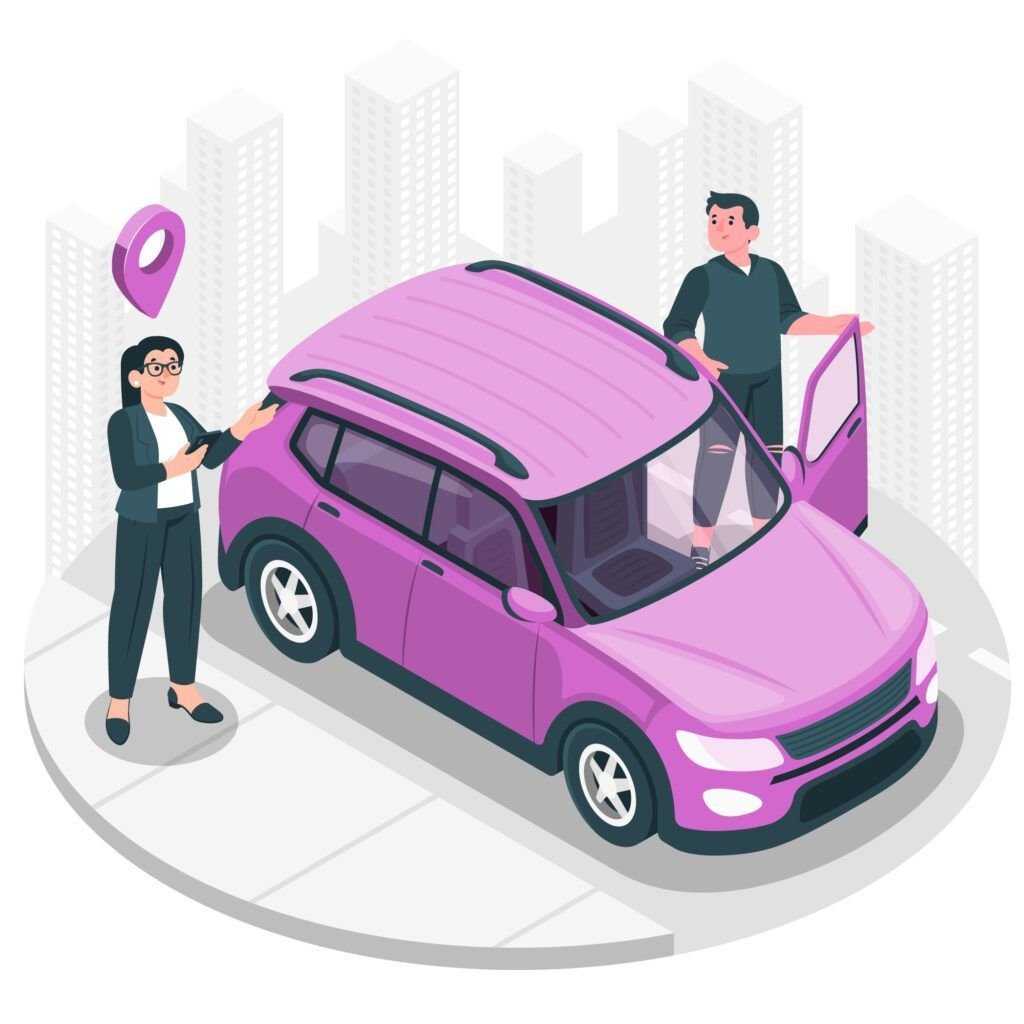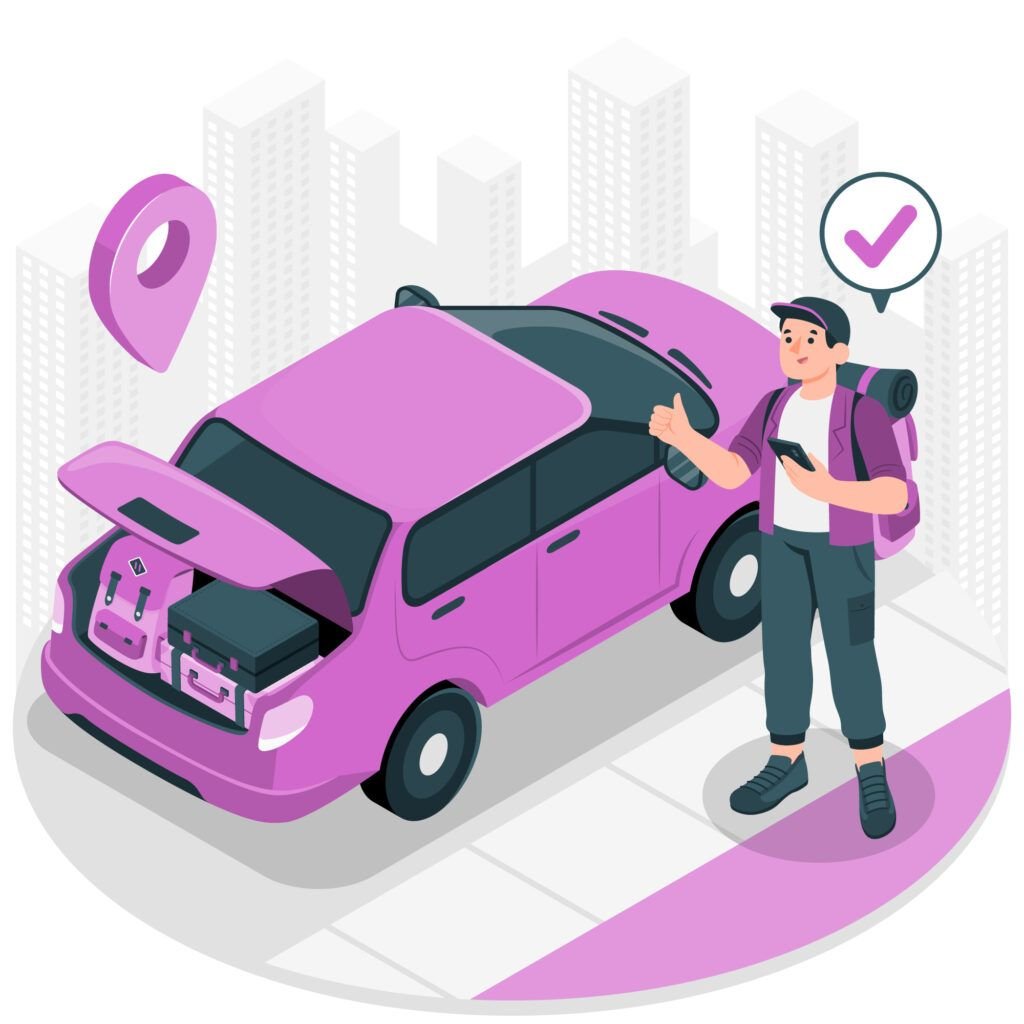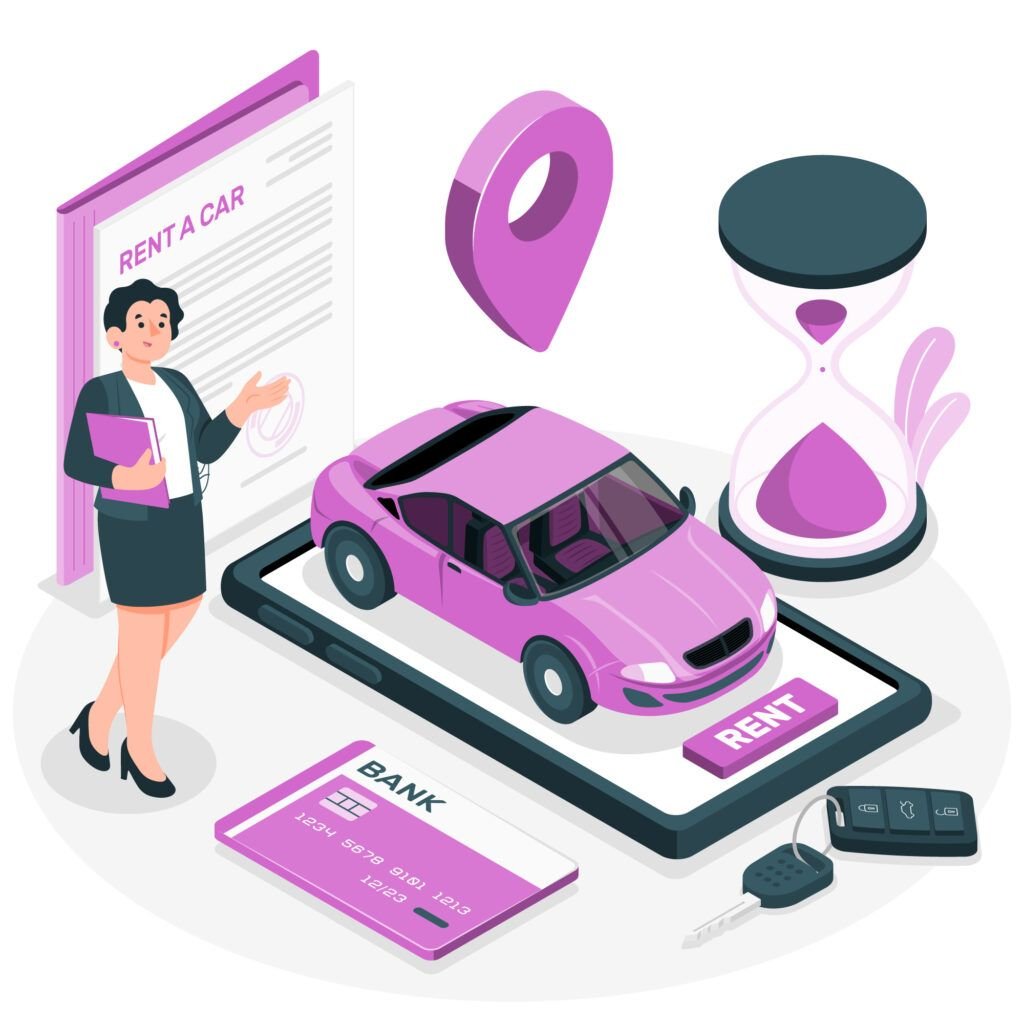Artificial Intelligence (AI) is revolutionizing the car insurance industry by enhancing risk assessment, optimizing claims processing, and enabling insurers to offer personalized insurance products. Traditional pricing models often relied on generalized assumptions, but AI-driven models leverage vast amounts of data from connected devices to provide more accurate and fair insurance premiums.This article examines how artificial intelligence (AI), machine learning, and cutting-edge technology are changing the insurance sector by empowering insurers to evaluate driving patterns, identify fraudulent activity, and improve the effectiveness of insurance underwriters.
Insurance
1. The Evolution of Car Insurance Pricing
1.1 Traditional Auto Insurance Industry Pricing Methods
Before AI, insurers calculated premiums based on broad risk assessment categories, including:
- Age, gender, and marital status
- Driving habits and history (accidents, traffic violations)
- Vehicle type and model
- Credit score
- Geographic location
While these methods provided a general idea of risk, they lacked precision and often led to a one-size-fits-all approach, making pricing unfair for some drivers.

1.2 The Introduction of AI and Connected Devices
The rise of AI and connected devices, such as telematics and IoT-based sensors, has enabled insurers to refine risk assessment. AI models analyze driving behavior in real-time, considering factors such as:
- Speeding habits
- Patterns of brakes
- Distance and regularity of driving
- Route choices
- Environmental conditions
By leveraging AI, insurers can now adjust auto insurance premiums dynamically according to real driving habits rather than historical estimates.
2. How AI Is Transforming Car Insurance Pricing
Predictive analytics powered by AI examines enormous volumes of data to find trends in driving behavior. AI forecasts future hazards by using a combination of historical data and
- Real-time vehicle telematics
- Traffic and weather conditions
- Accident-prone zones
This allows insurers to proactively adjust pricing models and offer customized insurance products.
2.2 Personalized Pricing with AI-Enabled Usage-Based Insurance (UBI)
AI enables the implementation of Usage-Based Insurance (UBI) models, where policyholders pay rates determined by their real driving behavior rather than generic risk categories. There are three primary types of UBI:
- Pay-As-You-Drive (PAYD): Premiums are based on the number of miles driven.
- Pay-How-You-Drive (PHYD): Rates depend on driving habits, such as speed and braking patterns.
- Manage-How-You-Drive (MHYD): AI continuously analyzes driving behavior to adjust pricing dynamically.
2.3 Fraud Detection and Claims Processing
Detecting fraud is a serious concern in the car insurance industry. AI-driven technologies advanced in fraud detection help insurers by analyzing patterns in:
- GPS data inconsistencies
- Repetitive claims from the same policyholder
- Social media and online activity
Additionally, AI-powered claims processing automates document verification, accelerates settlements, and reduces human errors.

2.4 Enhancing car Insurance Underwriters with AI Models
AI assists insurance underwriters in making data-driven decisions by analyzing:
- Historical claims data
- Real-time driving habits
- External factors like weather and traffic conditions
This results in more competitive pricing and tailored policies that align with a driver’s actual risk level.
3. Benefits of AI-Driven Car Insurance Pricing
3.1 More Accurate Risk Assessment
AI eliminates biases and provides personalized risk assessments, ensuring safer drivers pay lower premiums while high-risk drivers are charged appropriately.
3.2 Fair and Transparent Pricing
Policyholders can see how their driving behavior affects their car insurance rates, leading to a more transparent pricing system.
3.3 Incentives for Safe Driving
AI-powered usage-based insurance (UBI) encourages drivers to adopt safer habits, such as avoiding harsh braking, obeying speed limits, and driving during safer hours.
3.4 Faster and More Efficient Claims Processing
AI technologies advanced in claims processing automate claim verification by analyzing accident reports, vehicle damage photos, and telematics data, reducing settlement times from weeks to days.
3.5 Reduced Fraud and Lower Costs
AI in insurance enables fraud detection, flagging suspicious activity, reducing fraud-related losses, and keeping insurance premiums lower for honest policyholders.
4. Challenges of AI in Car Insurance Pricing
4.1 Privacy Concerns and Data Security
Many drivers worry about sharing personal driving data with insurance companies. Strict data protection regulations and clear user consent policies are crucial for maintaining trust.
4.2 Algorithm Bias and Fairness Issues
AI models can sometimes reflect biases present in the data they are trained on. Insurers must ensure that AI-driven decisions are ethically sound and fair to all customers.
4.3 Acceptance Among Policyholders
Not all drivers are comfortable with AI-driven telematics-based pricing models. Some prefer traditional fixed-rate insurance, fearing data misuse or surveillance concerns.
4.4 Regulatory and Legal Challenges
AI-based pricing must comply with various regional car insurance regulations. Governments may impose restrictions on how insurers collect and use AI-generated data.
5. The Future of AI in Auto Insurance Pricing
5.1 Expansion of AI-Powered UBI Models
As AI technology advances, usage-based insurance (UBI) will become the standard, replacing traditional pricing models.
5.2 Integration with Autonomous Vehicles
AI will work seamlessly with self-driving cars to assess risk in real-time, adjusting premiums based on:
- Autonomous vs. manual driving modes
- Road and traffic conditions
- AI-driven safety features in vehicles
5.3 AI-Powered Predictive Claims Management
Future AI models will predict accidents before they happen, offering proactive safety measures and reducing claim volumes.
5.4 Blockchain for Data Security in AI-Driven Insurance
Blockchain technology will enhance security and transparency by ensuring fair AI-driven pricing models and preventing data manipulation.
5.5 AI and Insurance Underwriters Collaboration
AI will not completely replace human insurance underwriters but will work alongside them to enhance accuracy and efficiency in risk assessment and claims processing.
AI is transforming the auto insurance industry by introducing real-time data analysis, predictive modeling, and personalized risk assessment. With usage-basedcar insurance models, AI-driven claims processing, fraud detection, and transparent pricing, AI benefits both insurers and policyholders. However, challenges such as privacy concerns, regulatory compliance, and algorithmic biases must be addressed for AI-driven insurance to reach its full potential.

Car insurance and renters insurance
Car insurance and renters insurance serve different purposes but both provide essential financial protection. Car insurance covers damages to your vehicle, liability for injuries or property damage, and medical expenses in case of an accident. Policies typically include liability coverage, collision coverage, comprehensive coverage, and uninsured motorist protection.
Conversely, renters insurance guards against hazards including theft, fire, and natural disasters for personal property in a rented house or apartment. Liability coverage is also included, which is beneficial in the event that someone is hurt in the area you rent. Additionally, in the event that covered damages render your apartment unusable, renters insurance may pay for short-term living expenditures.
While car insurance is legally required in most states, renters insurance is often optional but highly recommended. Both policies help minimize financial loss and provide peace of mind, ensuring you’re covered in unexpected situations.
If you own a car and rent a home, having both policies is a smart decision to protect your assets. Many insurers offer bundled discounts when purchasing both, leading to savings on your premiums. Always compare quotes and coverage options to get the best protection for your needs.
FAQs
Why Is Car Insurance So Expensive?
Car insurance costs can be high due to several factors that impact risk assessment and pricing. Insurance companies determine rates based on factors such as driving history, location, vehicle type, and claim trends. One of the biggest reasons for high premiums is accident risk. Ifaccidents, speeding tickets, or DUI violations, insurers consider you a high-risk driver, leading to increased costs. Additionally, location matters—urban areas with heavy traffic and high crime rates often result in higher premiums due to increased chances of accidents and vehicle theft.Another major factor is rising repair and medical costs.
Modern vehicles have advanced technology and safety features, making repairs more expensive. Similarly, medical expenses after an accident continue to rise, leading to higher liability coverage costs for insurers.Moreover, insurance fraud and uninsured drivers contribute to rising costs. Fraudulent claims and uninsured drivers force insurers to compensate for losses.Lastly, credit scores and coverage choices affect pricing. Lower credit scores can result in higher rates, and choosing comprehensive coverage with low deductibles increases costs.To save on car insurance, compare quotes, bundle policies, maintain a clean driving record, and explore discounts.
Will Car Insurance Costs Go Down?
Rates for auto insurance vary depending on various factors, but whether they will decrease depends on economic trends, driving behaviors, and advancements in insurance technology.In recent years, rising repair costs, medical expenses, and increased accident rates have contributed to higher premiums. However, there are signs that car insurance rates could decrease under certain conditions. For example, as AI-driven risk assessment and telematics-based usage-based insurance (UBI) become more widespread, safer drivers may benefited.
Additionally, competition among insurers may lead to more affordable policies as companies offer discounts and incentives to attract customers. If self-driving cars and advanced safety features reduce accident rates, insurance costs could decline over time.
On the other hand, factors like inflation, rising vehicle repair costs, and climate-related disasters could keep premiums high. Insurance rates may also remain elevated in areas with high accident rates, theft incidents, or uninsured drivers.
Does Car Insurance Cover Repairs?
Car insurance can cover repairs, but it based on the kind of coverage in your policy. Standard liability insurance does not pay for vehicle repairs; it only covers damages you cause to others. However, collision and comprehensive coverage can help pay for repairs under specific circumstances.
- Collision coverage pays for repairs if your car is damaged in an accident, whether you hit another vehicle or an object.
- Comprehensive coverage covers repairs for non-collision incidents like theft, vandalism, fire, floods, hail, or animal damage.
If you have mechanical breakdown insurance (MBI) or an extended warranty, some repair costs related to engine or transmission failures may be covered. However, normal wear and tear, routine maintenance, and mechanical failures are typically not covered by standard auto insurance.To ensure your repairs are covered, review your policy, consider full coverage, and compare insurers for the best protection. Always check deductibles and coverage limits to avoid unexpected out-of-pocket expenses.








